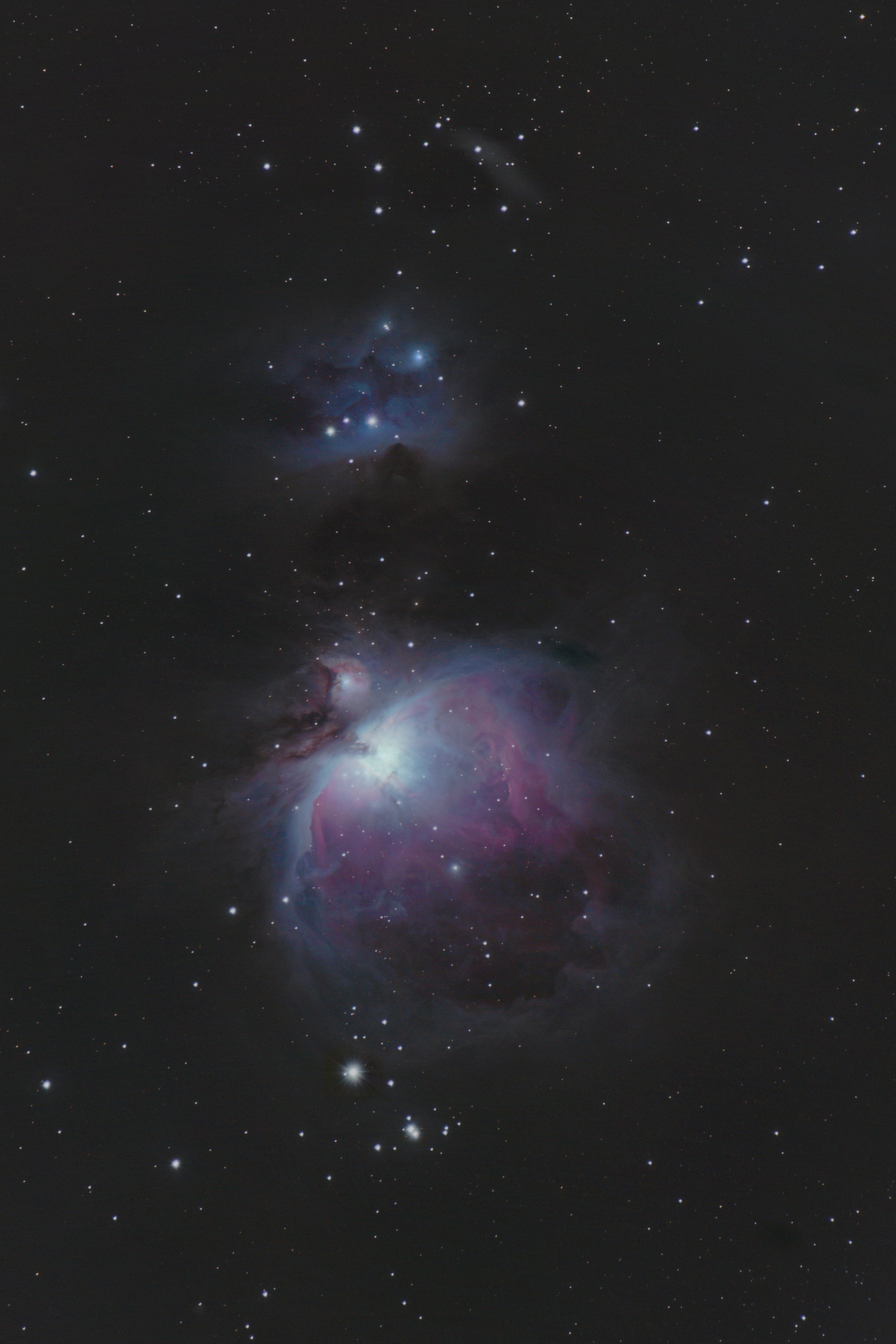Equipment details:
- Mount: OpenAstroMount by OpenAstroTech
- Lens: Sony 200-600 @ 600mm f/7.1
- Camera: Sony A7R III
- Guidescope: OpenAstroGuider (50mm, fl=163) by OpenAstroTech
- Guide Camera: SVBONY SV305m Pro
- Imaging Computer: ROCKPro64 running INDIGO server
Acquisition & Processing:
- Imaged and Guided/Dithered in Ain Imager
- 420x30s lights, 40 darks, 100 flats, 100 biases, 100 dark-flats over two nights
- Prepared data and stacked in SiriLic
- Background extraction, photometric color calibration, generalized hyperbolic stretch transform, and StarNet++ in SiriLic
- Adjusted curves, enhanced saturation of the nebula and recombined with star mask in GIMP, desaturated and denoised background
This is my first time doing a multi-night image, and my first time using SiriLic to configure a Siril script. Any tips there would be helpful. Suggestions for improvement or any other form of constructive criticism are welcome!


Yeah, you can certainly get it to reproduce some pieces (or fragments) of work exactly but definitely not everything. Even a frontier LLM's weights are far too small to fully memorize most of their training data.